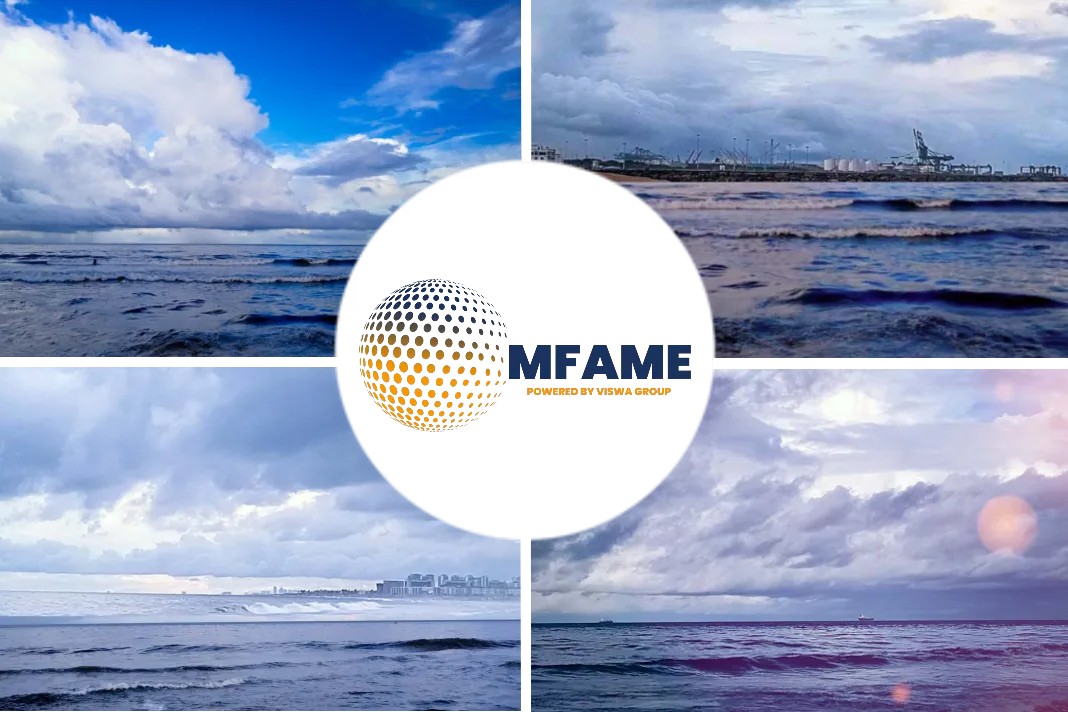- BEIJING to expand its ECA limit where the discharge of wash water from open-loop exhaust gas cleaning system are prohibited.
- Expansion will require vessels with open-loop scrubbers to switch to complaint fuels when entering the ECA, potentially reducing savings upon using cheaper HSFO.
- IMO has stipulated that discharged wash water should not be greater than 50 micrograms per litre phenanthrene equivalence above the inlet water PAH.
- Chinese seawater quality standards have a cap of 0.0025 micrograms per litre on Benzo[a]pyrene, a highly carcinogenic PAH.
- China is unlikely to lift the wash water ban or reduce the restricted zone.
The entire Chinese domestic shipping ECA, might become subject to the ban on the discharge of wash water from open-loop scrubbers, says an article published in Lloydslist.
Expansion of domestic ECA limit
BEIJING may expand the shipping area where the discharge of wash water from open-loop exhaust gas cleaning system are prohibited, according to an official from the China Maritime Safety Administration.
The expansion, will require ocean-going vessels fitted with open-loop scrubbers destined for east and south China, especially for those major ports at the Yangtze River and Pearl River deltas, to have an earlier switch to complaint fuels when entering the emission control area.
This has the potential to further reduce savings upon using cheaper high-sulphur bunker fuel.
The open-loop scrubber-related ban currently applies to the country’s inland river ECA, port waters of the coastal ECA, as well as the Bohai Rim Area.
Team studies environmental impact of wash water
The government body’s Shenzhen branch is working on a study to further access the environmental impact of scrubber wash water, said Dong Leyi, head of the CMSA’s hazards and pollution control department.
“So the measures are only provisional and we may make adjustments based on the results of the study,” he told the 8th Green Shiptech China Congress in Shanghai organised by Ridge Consulting.
Restriction in China’s territorial waters
The authorities might opt to maintain the status quo or to expand the restricted area to the entire domestic ECA, where ships are required to burn cleaner fuels and which now covers almost all of China’s territorial waters at most 12 nautical miles from the baseline, Mr Dong added.
He said that the main reason behind the restriction on the release of waste water was due to the content level of poly-cyclic aromatic hydrocarbons, a chemical that could contaminate the country’s surrounding oceans.
Chinese seawater quality cap
The International Maritime Organization has stipulated that discharged wash water should not be greater than 50 micrograms per litre phenanthrene equivalence above the inlet water PAH.
Meanwhile, Chinese seawater quality standards have a cap of 0.0025 micrograms per litre on Benzo[a]pyrene, a highly carcinogenic PAH.
It was not yet certain whether the IMO limit would cause a violation of the latter standard, Mr Dong conceded. “That’s why we need to conduct further research.”
Unlikely to lift wash water ban
At the IMO’s latest Marine Environment Protection Committee gathering in London earlier this month, delegates agreed to start negotiations to develop harmonised rules on the waste water discharge of scrubbers.
Beijing is unlikely to lift the wash water ban or reduce the restricted zone, however.
“Environmental protection regulation can hardly go backwards in China,” Mr Dong said.
Did you subscribe to our daily newsletter?
It’s Free! Click here to Subscribe!
Source: Lloydslist






















